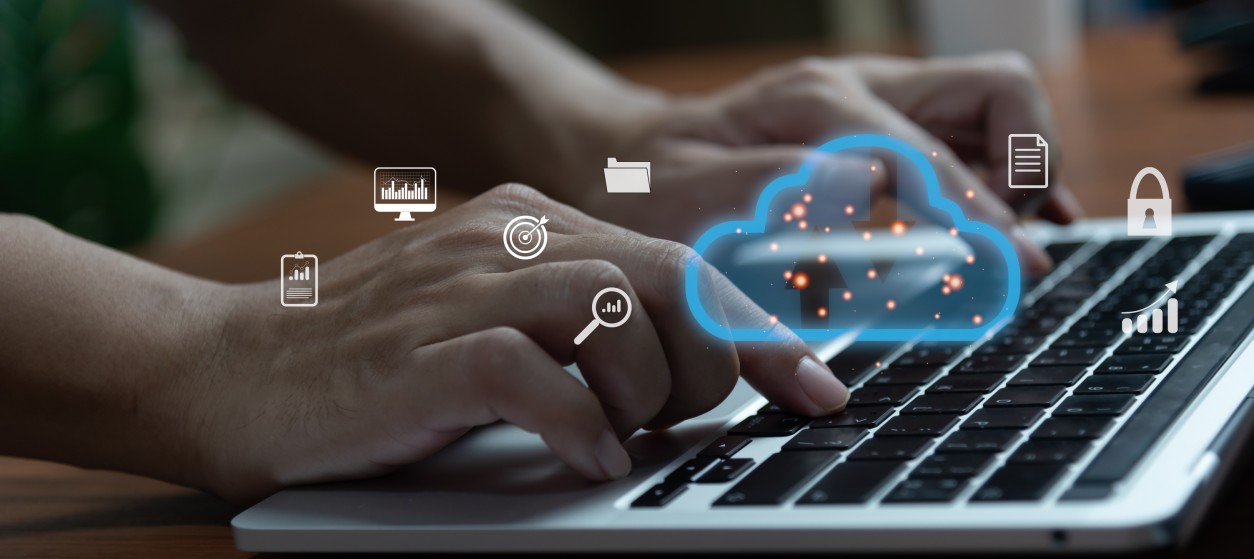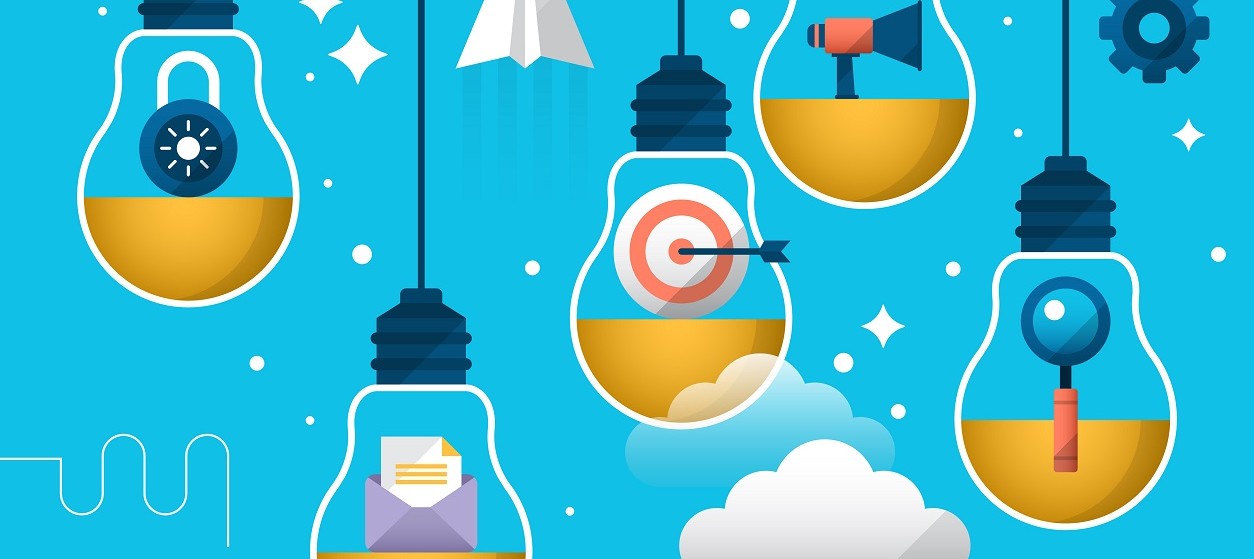Dropbox, Salesforce, Google Apps, Zendesk and many other SaaS (Software as a Service) applications including Microsoft Office 365 are among the main productivity drivers for modern enterprises. SaaS is one of the primary cloud based delivery models, which provides enterprises with the capacity, scalability and many other benefits of the cloud technology, while at the same time enabling on-demand, pay-as-you-go service access. SaaS deployments obviate the need for traditional on premise software installation, maintenance and deployment, by enabling access to software applications over the internet. For these reasons, SaaS is particularly appealing to SMBs (Small Medium Business), who usually do not have the expertise and equity capital to build and operate large data centers. However, SaaS is in several cases preferred by large enterprises as well, which try to decouple their business operations from in-house IT.
As a result, SaaS investments are growing at a rapid pace. End-users leverage SaaS to increase productivity and lower IT costs, while IT solution providers are delivering innovative cloud-based services based on the SaaS model. In a world with thousands of SaaS services, it’s important that both end-users and IT solution providers understand the elements that make a SaaS deployment a success. In following paragraphs, we shed light on some of the key factors that can make a SaaS service great.
1. Viewing SaaS as a Service than a Product
SaaS is about offering turn-key IT-based solutions in the form of services, rather than a product. This means that any SaaS offering should and would include delivery, support, on-going maintenance, after sales services and more. The latter aspects should complement the business functionalities of the service. In practice, this means that the IT departments are actively involved in the delivery and support of the SaaS services. IT support would also deal with aspects such as reliability, business continuity and downtimes, and aim towards meeting all the systemic aspects of the Service Level Agreement (SLAs) between service providers and end-users.
2. Security and Regulatory Compliance
Securing SaaS services is a major concern in an era where cybersecurity incidents are on the rise. SaaS service providers are usually to blame in cases of incidents like ransomware, phishing and distributed denial of service attacks. Hence, the business logic of the SaaS service often includes strong security features. In many cases, the latter features support compliance to security and privacy regulations. As a prominent example, healthcare related SaaS services that deals with patient data would adhere to mandates of the Health Insurance Portability and Accountability Act (HIPAA). Likewise, financial services would be compliant with Basel III regulatory framework for banks. As another example, as of May 2018, SaaS services offered within the EU would also comply with the General Data Protection Regulation (GDPR). End-users should be cautious to adopt SaaS services that do not ensure regulatory compliance, since the latter incurs additional costs.
3. Advanced Personalization
Contrary to non-electronic services, SaaS services provide opportunities for advanced personalization. Successful SaaS services tend to exploit data from customer databases in order to individualize the service delivery processes. In this context, SaaS is radically different from traditional product or service-oriented offerings, where the main value stems from the quality of the product or service. In the SaaS era, services tend to be customer-centric, which broadens the focus of marketing towards customer retention and customer loyalty strategies. The latter includes incentives for continued and expanded use of the SaaS service, as well as for cross-selling and up-selling other SaaS offerings.
4. Integration to the broader Web2.0 and SaaS ecosystem
SaaS providers have unprecedented opportunities of enhancing the scope and functionality of their services based on their integration with other Web2.0 applications. As a prominent example, integration with social media (e.g., posting to Twitter or Facebook) and on-line office applications (e.g., e-mail or spreadsheets) are now amongst the standard features of most SaaS applications. Other opportunities include integration with on-line databases towards increasing the accuracy of the offered services, or even their personalization capabilities.
5. Continuous Marketing and Lead Generation
On-line SaaS services are available 24X7, which opens new horizons in their accessibility and use by end-users. This also provides opportunities for continuous marketing and lead generation based on the wide array of digital channels that are nowadays available on the Internet. Successful SaaS services are therefore the ones that effectively exploit all possible on-line channels (e.g., Search Engine Optimization (SEO), Search Engine Marketing (SEM), Social Media Marketing, In-Bound Content Driven Marketing, e-mails, electronic newsletter) in order to drive traffic and customers to the service. You cannot have an effective SaaS service unless you attract a critical mass of end-users that will boost its sustainable development and use.
6. Vendor Lock-in Issues
When selecting SaaS services, end-users tend to be deeply concerned about potential vendor lock-in issues. SaaS services are provided by third-party vendors, which could go bankrupt, cease the service provision or even change the terms of the services. To this end, SaaS service providers now are have provisions for flexible transition to other SaaS vendors and services. For example, they facilitate access to end-users data by allowing them to take and maintain local copies of critical portions of them.
7. Agile Development and Continuous Improvement
The cloud and web based nature of SaaS services is an enabler of continuous improvement. SaaS vendors continually develop and improve their service, while providing releases in an agile manner. In every cycle, SaaS service providers learn from the previous one and take into account feedback from their customers. Listening to the customers is a foundation for continuous improvement and also an element of successful SaaS delivery.
8. Providing Exceptional Support
Sooner or later customers will access the on-line support services of the SaaS offering. Therefore, the quality of on-line support can be a decisive factor to the overall success of a SaaS service. SaaS services providers often plan to provide exceptional on-line support. Firstly, this support is easy to find and access as part of the services. This means user-friendly and context-aware ways for accessing on-line help. Secondly, SaaS services come with a well-designed FAQ (Frequently Asked Questions) facility, which are accompanied with a knowledge base of best practice answers. Thirdly, root cause analysis is routinely undertaken in order to reveal what causes the need for support. This can drive big fixing and implementation of support features that did not exist in the first place. Finally, the Service Providers understand the importance of centralizing support services by collecting requests from multiple channels (e.g., e-mail, on-line tickets, social media) to a single place, where knowledge is accumulated and hence support is provided in an optimal and integrated way.
There are more factors affecting the quality of SaaS apps. However, the above listed ones are enough to make any SaaS application exceptional. It’s also noteworthy that these eight areas reinforce one another. For example, root cause analysis as part of on-line support and continuous lead generation can boost the results of agile development and continuous improvement.
Overall, whether a provider or an end-user of SaaS, you will always benefit from a well implemented and serviced SaaS application.











An impressive share, I just given this onto a colleague who was doing a little analysis on this. And he in fact bought me breakfast because I found it for him.. smile. So let me reword that: Thnx for the treat! But yeah Thnkx for spending the time to discuss this, I feel strongly about it and love reading more on this topic. If possible, as you become expertise, would you mind updating your blog with more details? It is highly helpful for me. Big thumb up for this blog post!
https://www.smortergiremal.com/